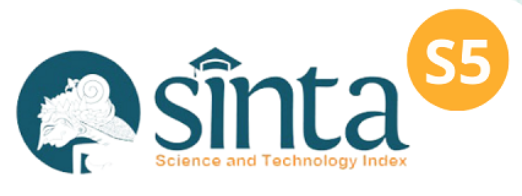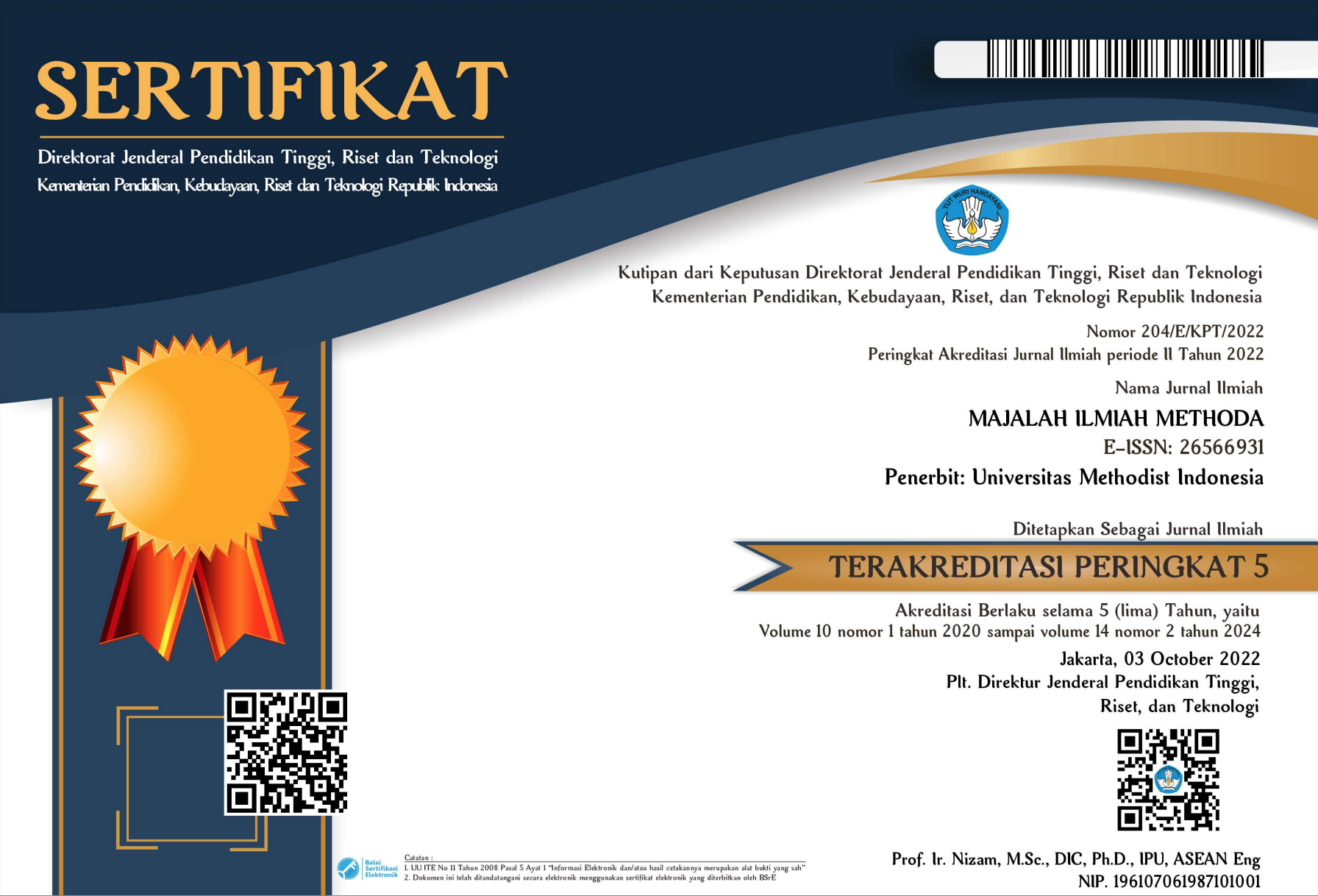PROLONGED VENTILATOR IN ICU PUTRI HIJAU HOSPITAL WHAT SHOULD WE DO IN BPJS ERA
Keywords:
Pulmonary Edema, ARDS, CKD, Kidney FailureAbstract
Number of patients with chronic kidney disease (CKD) is increasing progressively worldwide, especially in developing countries. In Indonesia, the largest proportion of hemodialysis patients is due to hypertension and diabetes. Chronic kidney disease (CKD) is a progressive disease and causes variety of complications, which contribute to high mortality, morbidity and poor quality of life. In many cases, chronic kidney disease affects lung function directly or indirectly. Impaired renal filtration results in tissue edema that affects gas exchange processes and lead to life-threatening conditions. The clinical manifestations of patients with pulmonary edema are shortness of breath, tachypnea, cyanosis and use of accessory muscles of respirations and develop into acute respiratory distress syndrome (ARDS). The goals of treatment for pulmonary edema are to reduce symptoms, improve ventilation and adequate oxygenation, maintain cardiac output and perfusion to vital organs. Patients with pulmonary edema require mechanical ventilation and intensive care support. The duration of ventilator use in pulmonary edema varies from 1 to 40 days. Prolonged ventilator use is a challenge to hospital financing in BPJS Kesehatan era with current INA-CBGs tariff system.










